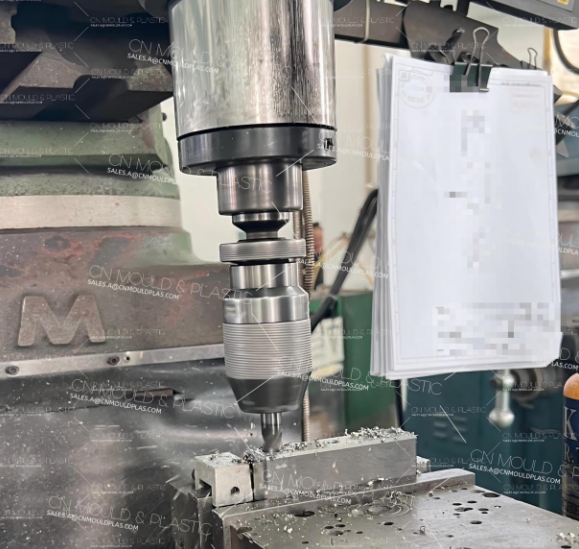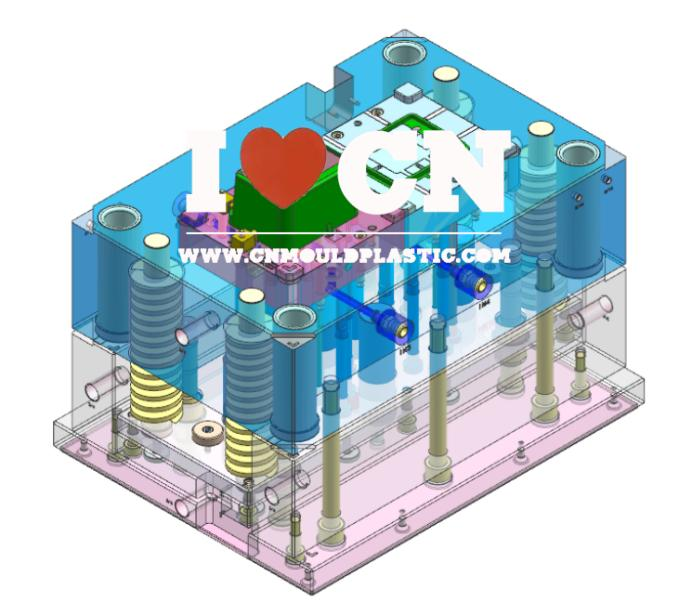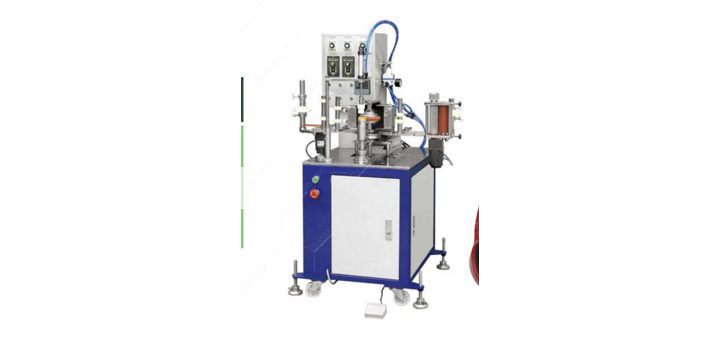Any mold part that needs processing starts from the blank. For molds, blanks come in various forms, and their selection mainly depends on the mold's usage conditions and structural design – this is the same as the selection principles for blanks of general machine parts. The impact of batch size on blank selection is crucial for specialized mold manufacturers, but it's less significant for factories that produce molds individually.
The most common blank forms for mold parts are forgings, profiles, castings, etc. For parts that require high load-bearing capacity during the mold's operation – or key mold components with less complex structures – using forged blanks is more reasonable. For less critical parts with simple structures, hot-rolled round steel, steel plates, or profiles make suitable blanks. Cast blanks are ideal for single-piece molds with complex structures that can't be disassembled, or for large-batch molds. These principles aren’t set in stone, though – you should weigh the pros and cons based on your factory’s specific production conditions and the mold’s technical requirements to make a rational choice.
The mechanical processing methods for blank shapes usually depend on the geometric features and quality requirements of their surfaces. Rotational surfaces like cylindrical and conical surfaces are often machined on a common lathe, while planes are typically processed by milling or planing machines. Long, narrow planes are better handled by a planer.
When machining mold blanks, the rough and uneven surfaces can make clamping difficult. So, when choosing a clamping surface, you need to consider both its impact on processing quality and the stability and reliability of clamping.

When selecting a machine tool for blank machining, factors like production efficiency, machine power, and the rigidity/strength of each machine part are key. When these conditions are met, the machine should have the highest possible precision grade – this is because a large amount of metal is removed during blank surface machining, and the removed layer is often hard.
Usually, blanks should undergo proper heat treatment before mechanical processing, especially cast blanks. If annealing isn’t done first, the uneven internal stress from casting can cause severe deformation after machining. If the deformation exceeds the allowable machining allowance for subsequent processes, it creates irreparable errors, turning the blank into scrap. On the flip side, annealing homogenizes the blank’s structure and reduces its hardness, which not only meets material property requirements but also makes cutting easier. Normally, heat treatment of blanks is done by specialized manufacturers, so be sure to specify this requirement when ordering blanks. For precision molds or complex structures, heat treatment should also be scheduled after blank shape machining to eliminate internal stress from heavy cutting, minimize imbalance in stress, and keep deformation to a minimum.
During blank machining, it’s also important to choose the right cutting tools and use appropriate cutting methods. For cast iron blanks, cemented carbide tools like YG8, YG6, or YG4 work well; for alloy steel blanks, opt for YT30, YT60, YT15, or YC3; and for 45# steel, YT15, YT30, or YT60 are suitable. To extend tool life, the first cut on a blank should have a larger depth to ensure the sharp edge penetrates the hard surface layer, avoiding dulling or damage from the rough outer layer.
The material condition of mold part blanks significantly affects both machining quality and mold lifespan. Working parts in molds often use high-carbon, high-chromium tool steels, which can have serious metallurgical defects – like abundant eutectic network carbides. These carbides are hard, brittle, and unevenly distributed, reducing the material’s mechanical properties, worsening its heat treatment performance, and shortening the mold’s life. Only through forging can we break down the eutectic network carbides, homogenize their distribution, refine the grain structure, and maximize the material’s mechanical properties – thus improving the machinability and lifespan of mold parts.
In summary, the main purposes of forging are:
To achieve a reasonable geometric shape and machining allowance, saving raw materials and reducing machining workload. Forging also improves defects like porosity and bubbles in round bars, enhancing material density and machinability.
2. To improve the uneven distribution of carbides, ensuring carbide segregation is ≤ Grade 3 (GB/T1299-2000 classifies eutectic carbide non-uniformity into Grades 1-8). This prevents issues like heat treatment cracking, uneven hardness, increased brittleness, reduced impact toughness, and carbide accumulation/networking at mold edges – which can cause edge chipping, breakage, or spalling. It boosts the material’s heat treatment performance and the mold’s lifespan.
3. To optimize the fiber orientation of the blank, meeting the requirements of different mold types and enhancing the load-bearing capacity of mold parts. Proper fiber orientation also ensures uniform quenching deformation in all directions, improving the material’s mechanical and service properties.
Through forging and pretreatment, we can achieve the metallographic structure needed for machining and heat treatment, thus enhancing the processability of mold parts in both stages.

